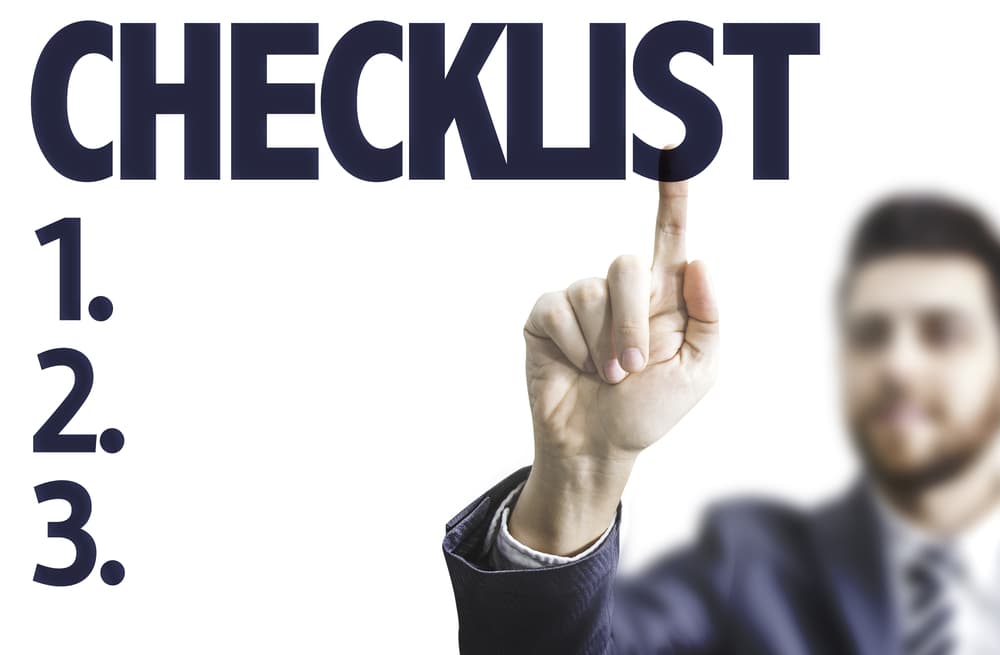The Society for Human Resource Management (SHRM) “2023 State of Mental Health & Well-Being in the Workplace” research shows that nearly half of U.S. workers say they have little energy to participate in nonwork activities at the end of the workday, with younger generations disproportionately affected.
“The new research shows that mental health challenges in the workplace continue to persist, especially for the younger generations of workers,” said the SHRM. “One in three U.S. workers surveyed for this study say their job has negatively impacted their mental health in the past six months.”
The data SHRM Research collected from 1,000 U.S. workers between March 15 and March 28, 2023, reveals that many workers are experiencing low energy and exhaustion at the end of the workday, affecting their capacity to participate in activities outside of work.
The Cycle of Exhaustion: Impact on Activities Outside of Work
The SHRM blog said the findings point to the prevalence of workplace exhaustion and its impact on workers’ lives. It also underscores the importance of employers in mitigating the negative effects of work-related exhaustion.
The research found that:
- 47 percent of U.S. workers reported feeling that by the end of the workday, they had little energy to participate in nonwork activities.
- 33 percent find it difficult to unwind and relax after work.
- 25 percent deliberately avoid tasks after work.
“The results show that many workers are susceptible to experiencing low energy at the end of the workday, suggesting a correlation between work life and the ability to function after work hours,” says the SHRM.
The research also suggests that women and younger employees are at a higher risk:
- 51 percent of women report that they have little energy to participate in non-work activities compared to 42 percent of men.
- 49 percent of Gen Z, 48 percent of Millennials, and 35 percent of Gen X workers say they miss out on non-work activities because they are too exhausted from work as compared to 24 percent of Baby Boomers and Traditionalists.
“Mental health in the workplace is an ongoing issue that needs to be discussed,” said Wendi Safstrom, SHRM Foundation president. “Employers have the opportunity to provide mental health resources and inclusive environments that support and encourage their employees in their work lives and beyond. This discussion is critical to understanding the existing gaps and how workplaces can be a change agent.”
How to Support Employee Mental Health and Recovery from Work
The SHRM blog says it’s important for organizations to understand how they can support their employees and help them stay mentally healthy.
What are employees calling for? SHRM says the following is important:
- 58 percent of U.S. workers say paid mental health days (beyond sick days) would best support their mental health.
- 35 percent suggest that employers provide mental health coverage as part of their employee health plan or provide free or subsidized virtual mental health services.
- 26 percent want yoga/mindfulness classes.
- 21 percent would use mental health apps.
- 16 percent suggest mandatory mental health training for employers or managers.
“An employer’s role in addressing employees’ mental health as it relates to the workplace has obviously become increasingly important,” said Safstrom. “Finding, communicating, and providing access to the benefits and support that reflect the needs of your employees, especially in a multi-generational workplace, is key.”
Win-Win: Prioritizing Mental Health Helps Businesses, Employees
The SHRM Foundation at the SHRM Annual Conference & Expo 2023 said that organizations that prioritize mental health can benefit both the employees and the business.
“Businesses and employees both benefit from instituting an environment where mental health is a priority,” said the SHRM.
SHRM research shows demand for mental health support in the workplace, with nearly half of U.S. employees (45 percent) reporting higher expectations for the level of organization-provided mental health support compared with last year.
The expectations are also turning to movement, with more than 2 in 5 U.S. employees (41 percent) saying they are willing to leave their job for a workplace that prioritizes mental health.
Additionally, the results show that organizations that effectively invest in mental health experience significant benefits along with their employees.
More than 8 in 10 U.S. employees (84 percent) who say their job has had a positive impact on their mental health over the past six months are more likely to be deeply committed to their organization, compared with those who say their job has had no impact (64 percent) or a negative impact (27 percent) on their mental health.
“It is clear that the need to establish mental health as a top priority within our organizations is essential,” said Safstrom, president of the SHRM Foundation. “We must act now if we wish to create a world of work that allows both employers and employees to thrive and lead healthy, productive organizations.”
SHRM Foundation Debuts Mental Health Guide
The SHRM Foundation debuted a new mental health guidebook in March, “Mental Health in Your Workplace.”
“This mental health guide is just the next step in a critical campaign that the SHRM Foundation is taking part in,” said Safstrom. “Our research showed that nearly 1 in 3 respondents didn’t know which benefits to provide, and roughly 1 in 5 stated that their organization was unsure how to find or choose a plan. This guide helps bridge that gap.”
The report’s takeaways showed clear disparities regarding which resources to provide and how to monitor organizations’ resources.
The top two ways respondents stated that their organizations track mental health is with employee engagement surveys (48 percent) and resource utilization (47 percent).
“It’s critical that employers implement mental health resources and then regularly assess their effectiveness; this is where Mental Health in Your Workplace is helpful,” the SHRM says.
The guide serves as a framework for HR professionals to tailor a mental health strategy to fit their needs. The product helps assess critical needs, target key groups, and offer incentives to shift culture.
Each of these actions in the guide is provided through a series of questions in six parts, where HR professionals can assess their baseline before they begin, implement each resource, and learn best practices for evaluation.
“Workplace mental health can be looked at from three levels: company-wide, peer-to-peer, and individually,” said Jacqueline Brassey, Co-Leader of Employee Health, McKinsey Health Institute. “If there is a misalignment in any of these three areas, organizations will likely see the impacts in their employee mental health outcomes, despite existing benefits or individual advocacy efforts.”






